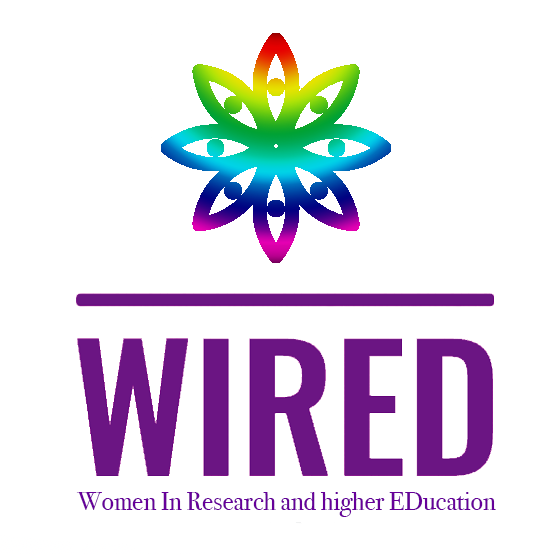WIRED
Women In Research and higher EDucation – Marie Sklodowska-Curie project
Measuring gender inequalities in recruitment, attrition and promotion in academic careers by focusing
on two case-studies conducted in Italy and Switzerland.
The project
Over the last years, women have made a significant progress in academia and science all across Europe. Yet, their representation across areas and ranks remains uneven, as they are still under-represented in some STEM fields (science technology engineering and mathematics) and in the upper ranks of the career ladder. Moreover, country differences persist, suggesting that institutional contexts are important in shaping career opportunities for men and women differently. Against this background, the WIRED project – Women In Research and higher EDucation – investigates gender inequalities in academia with a specific focus on early career-phases and so on the probability to obtain a tenure-track position. More specifically, WIRED sheds light on the reasons why and the mechanisms through which women are disadvantaged in recruitment and are more likely to drop-out. It undertakes this challenge by means of an innovative research based on a comparative, multi-model and multi-level approach.
WIRED focuses on two very different contexts: Italy and Switzerland. The former has witnessed a profound transformation of its academic system over the last years which has restricted the chances, for all, to access the profession in a context where the non academic labour market does not value Ph.D holders. The latter shows extremely high rates of precarious academic work within a more dynamic non-academic labour market. Such differences make the two countries ideal cases for comparison to better identify the contextual determinants of gender inequalities in obtaining a stable position and their connections with the individual sphere.




